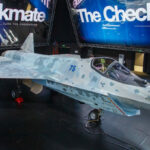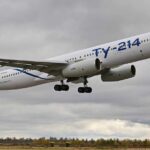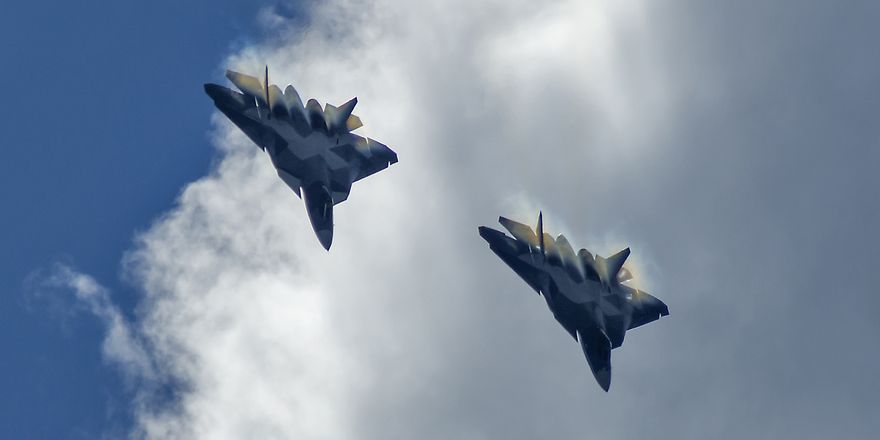The Sokol Aviation Plant in Nizhny Novgorod has completed overhaul and modernisation of MiG-31 fighter-interceptors within the framework of the 2023 production programme. The aircraft have been handed over to the Russian Defence Ministry within the established timeframe and shipped to their home bases, UAC’s press service said.
The modernisation is aimed at further improvement and development of the MiG-31 platform, which allows the aircraft to effectively perform combat missions. UAC CEO Yury Slyusar noted that the plant has the necessary production base and competences to implement the programme of modernisation of the fleet of these aircraft, confirming the high level of professionalism and experience possessed by Sokol.
The MiG-31 is capable of long flight with supersonic speed and long range, which allows it to successfully perform combat missions in modern conditions. On 18 October, Russian President Vladimir Putin instructed the Russian Air and Space Forces to start constant patrolling of the space above the Black Sea by MiG-31 aircraft with 9-A-7660 Kinzhal hypersonic missile systems. One of the purposes of the patrols the President called monitoring the situation in the Mediterranean Sea in connection with the deployment of two US aircraft carriers in its eastern part.

All MiG-31s were built at the Nizhny Novgorod aircraft plant in the late 1980s and early 1990s. Their service life is limited to 2,500 flight hours. The modernisation provides the aircraft with an extension of its airworthiness for another thousand hours, which will allow the interceptors to remain in service until at least the mid-2030s.
In 2018, ODK-Perm Motors said it was ready to quickly resume production of key units and assemblies of the D-30F6 engines installed on the MiG-31. This is necessary to maintain the combat readiness of the aircraft after the service life extension. According to the company, the existing stocks of engines and their repair kits are enough to operate the MiG-31s in the Air Force for another 30-40 years.







